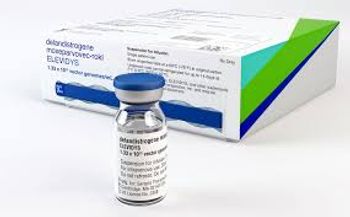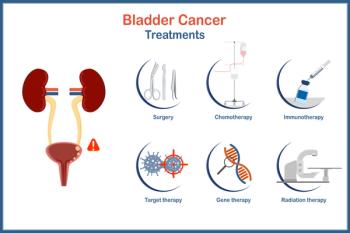
Comparative studies offer details
There is great debate about the rigor of RCTs, which only demonstrate drug efficacy in comparison to a placebo and often test relatively homogenous populations.
EVEN WHEN evaluating similar data regarding the efficacy of a medical treatment, health plans' resulting coverage decisions can vary dramatically. Although comparative effectiveness research (CER) and retrospective analyses have gained momentum, making coverage decisions won't be as cut and dried as many anticipate.
WellPoint has been reviewing studies from randomized controlled trials (RCTs) for more than a decade. Brian Sweet, WellPoint chief pharmacy officer, says the criteria for evaluating such clinical trials don't fit all circumstances.
The health plan uses scientifically credible CER studies to complement RCTs. The comparative data often includes outcomes achieved in a real-world setting, which can also include larger populations and more specific data. In addition, Sweet says that observational studies also provide information regarding product safety, cost-effectiveness and budget impact.
FORMULARY DECISIONS
The $1.1 billion allocation for CER by the American Recovery and Reinvestment Act of 2009 has placed a new focus on drug and product assessment, including observational data. The federal government has taken on the role of funding head-to-head studies that will inform coverage decisions for the industry overall.
"CER studies provide an additional tool for decision-makers in determining a drug's value and where it should be placed on a formulary," says Peter Block, manager, clinical drug information and pharmacy and therapeutics process for Navitus Health Solutions, a pharmacy benefits manager headquartered in Madison, Wisc. "Randomized controlled trials are not pragmatic; they don't indicate what happens in a real-world population."
In the white paper, "Rewarding innovation and Value: What is the Role of Comparative Effectiveness Research?" John Doyle, practice leader in the consulting group of Quintiles, a biopharmaceutical services company, finds that although head-to-head trials may be considered a gold standard for measuring relative differences in efficacy, their impact is limited by the longer timeline and cost associated with implementing such trials.
Prospective observational research, such as cohort studies and registries, offer a channel to collect real-world data, but Doyle says they need to be evaluated carefully to address potential bias. He recommends using a combination of techniques for evaluation.
Paul Keckley, executive director, Deloitte Center for Health Solutions, says CER studies refine the strength of existing evidence. The clinical evidence shouldn't be biased by the cost analysis.
"PBMs and commercial health plans will have room to negotiate with drug manufacturers if two drugs prove to be equally effective and efficacious," Keckley says. "If the evidence is weak, costs need to be weighed against the estimated increase in efficacy and effectiveness."
While director of evidence-based medicine at the Vanderbilt School of Medicine, Keckley analyzed approaches used by 85 health plans to apply evidence to coverage decisions. He concluded that even with access to the same scientific information, plans vary dramatically in their decisions, especially when the research isn't definitive.
He says CER will deepen plans' understanding of the strength of evidence because it creates a more methodical way to compare drugs to drugs, drugs to surgery and drugs to other kinds of treatment. It's more granular in that the clinical data used to show evidence is more specific to signs, symptoms, risk factors and comorbidity.
WellPoint ranks its CER data as "useful," "possibly useful" and "not useful." The information is derived from administrative data, clinical information from providers, member surveys, research organizations, peer-reviewed literature and other sources.
The health plan's standardized comparative effectiveness guidelines are a transparent way to: quantify internal evaluations in order to make better decisions; establish drug positions on formulary; improve health outcomes; reduce cost of care; and set reimbursement policies. The criteria for evaluating CER and observational studies range from the study size and objectives to its bias and relevance to the WellPoint population.
Newsletter
Get the latest industry news, event updates, and more from Managed healthcare Executive.

















































